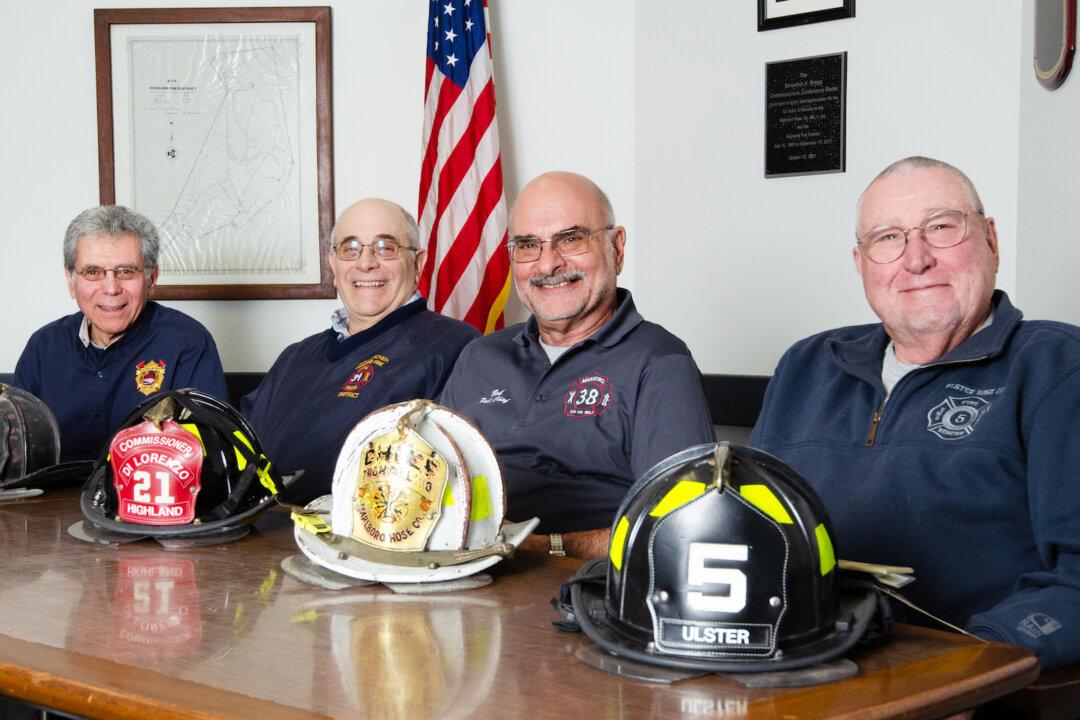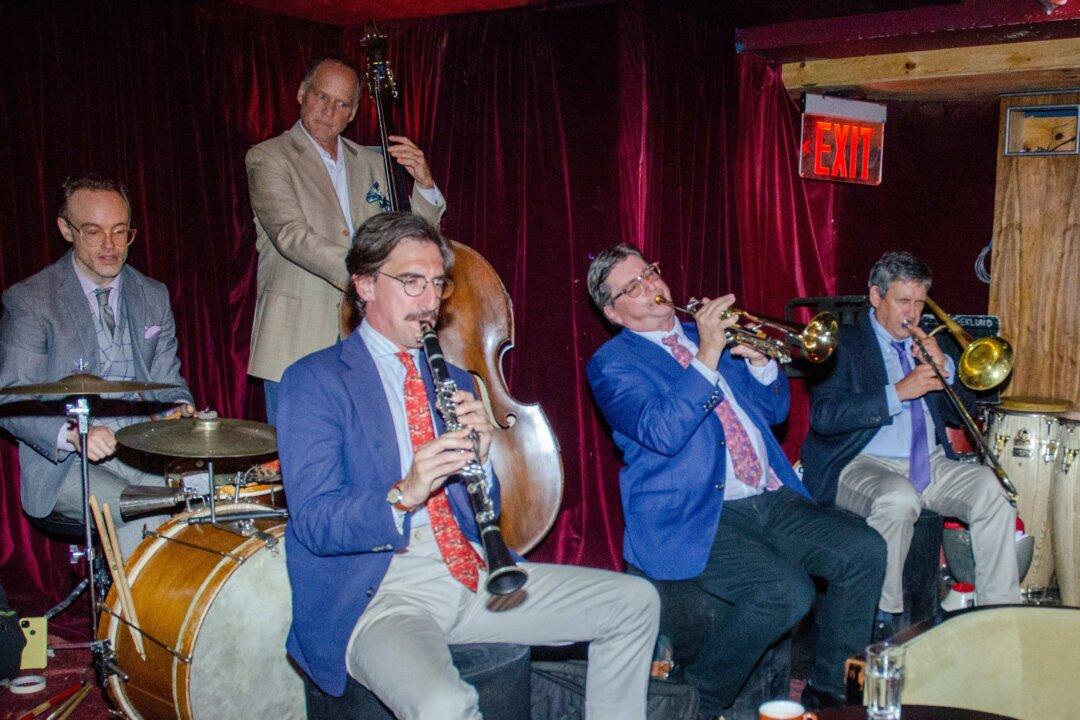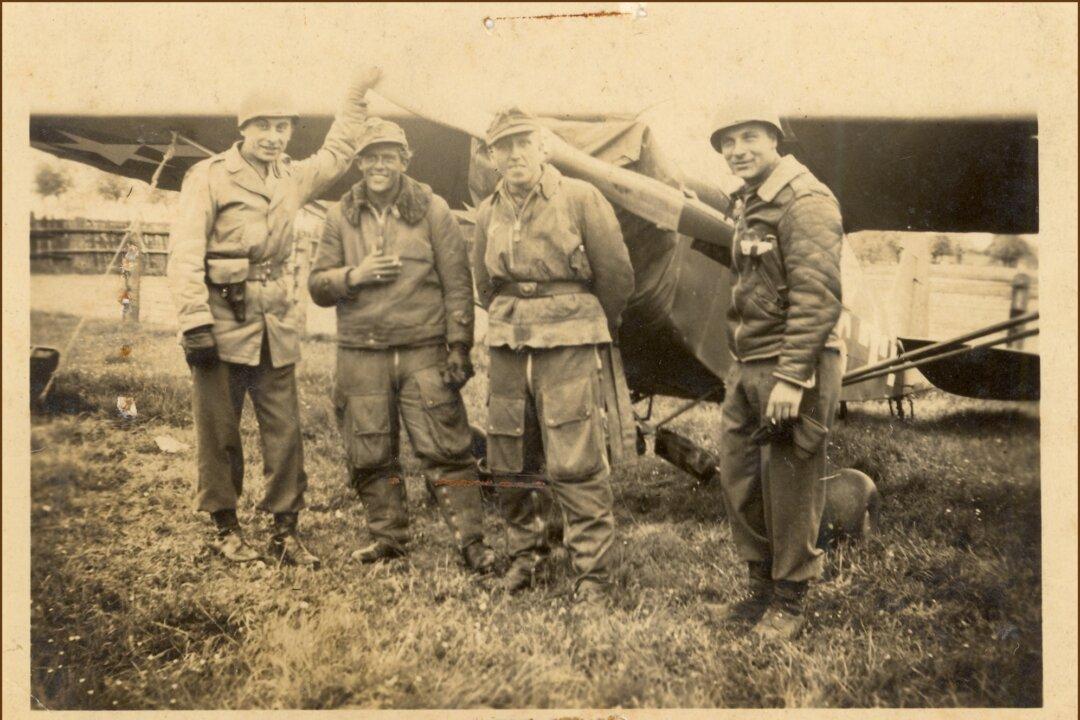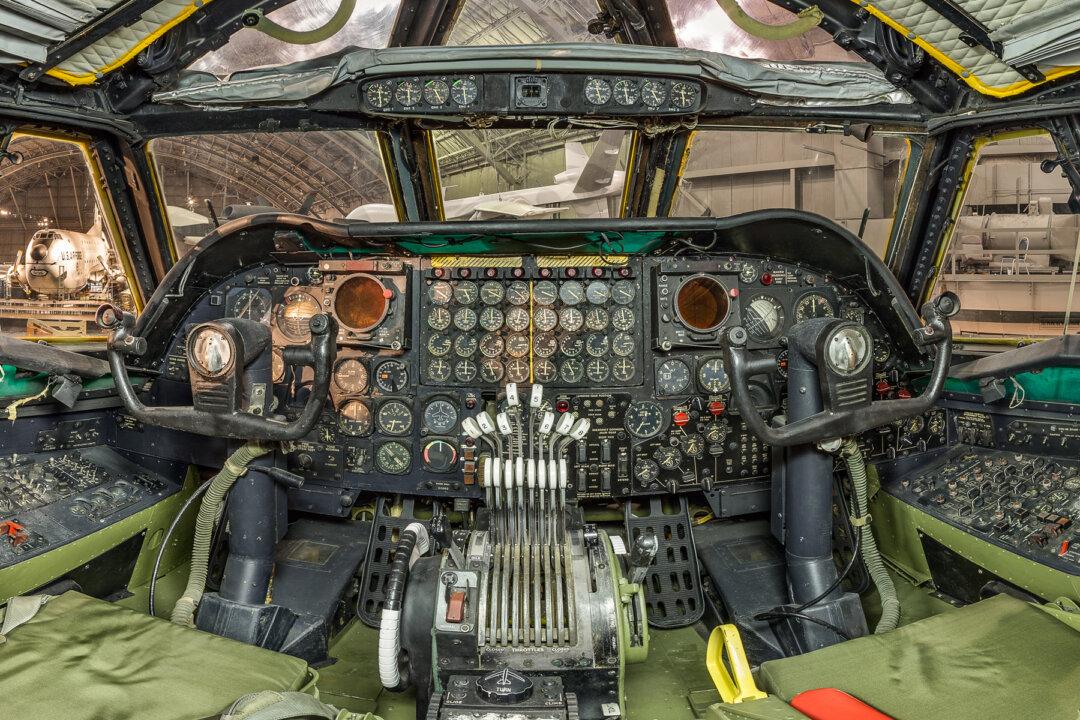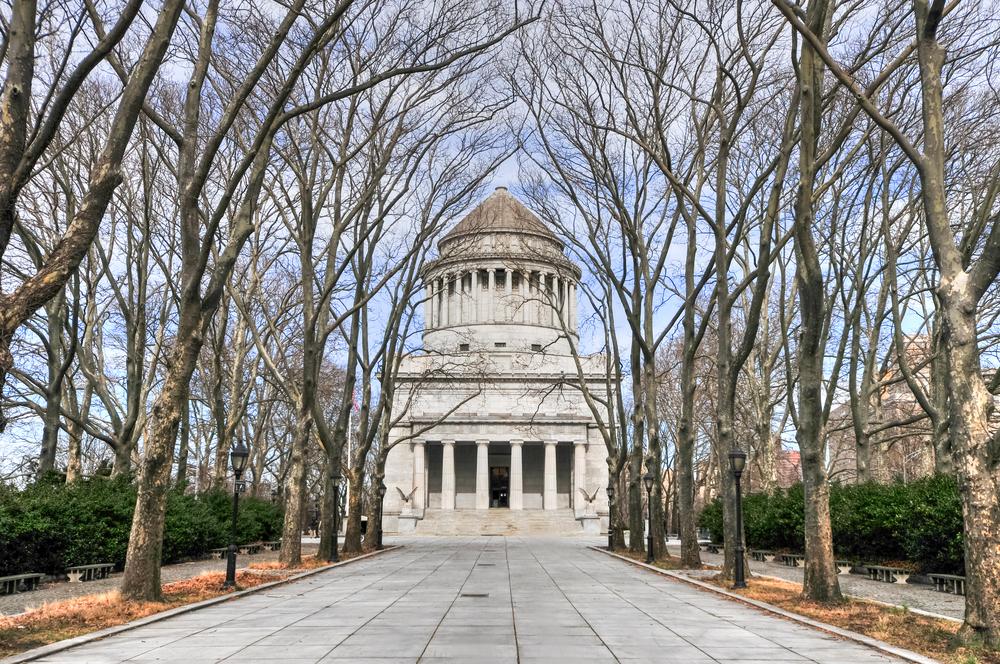Jim Bracco has been a volunteer firefighter for 64 years. Bobby Troncillito for 58 years. Steve DiLorenzo for 53. Ray Preziosi, the “kid” of the bunch, has been one for a mere a 47. That’s a combined total of 222 years of firefighting, all for free.
Family Affairs
Bracco’s grandfather, an Italian immigrant, was a volunteer fire chief, and his uncle was a volunteer firefighter as well. Bracco joined at age 18, in 1958. He’s been with three departments over the past 64 years and is currently a commissioner.Troncillito’s four uncles were volunteer firefighters, with one being a chief. His father was a firefighter, too. Troncillito never felt pressure to join, but he did, by his own choice, at age 18 in 1964.

